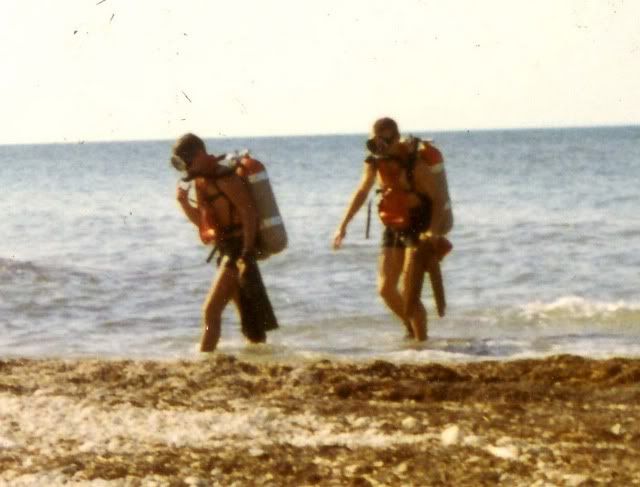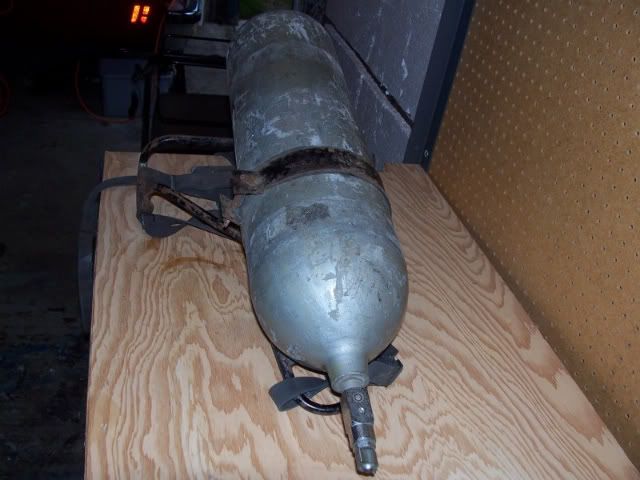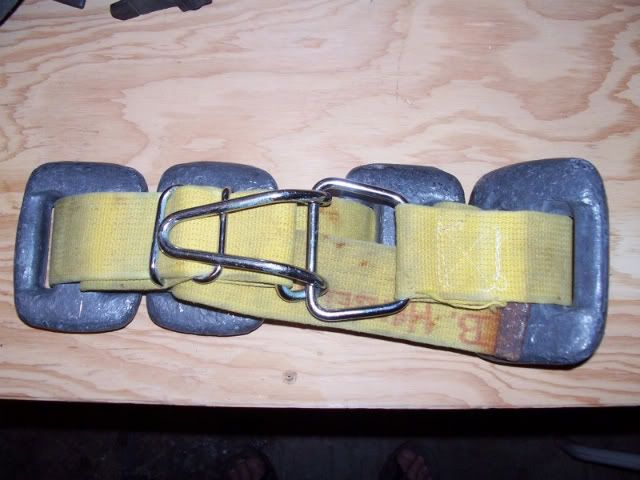David,
Yes, those are the "Flipper Slippers." We did call them booties, I believe. They were great with Duck Feet as these fins were usually a bit large, and also could cause blisters on the feet if not worn with something between (gum rubber and skin, unless greased, caused blisters). Also, a lot of the time was spent getting out of the water. Here's a photo of us exiting the beach after a 1500 yard swim:

While you cannot see their feet, both these divers are wearing booties (Flipper Slippers). Note also how easily the Duck Feet fins were to carry out of the water, in comparison to full-foot fins. Other strap fins follow, such as the Jet Fin, the Rocket Fin, and the White Stage Super Stage fin.
One other observation is that both these divers are walking out with their masks in place, and still breathing off their scuba. This was required at the US Naval School for Underwater Swimmers. It was not until we were up, and over the high tide mark, that we could remove our mask and spit out our mouthpiece. This was meant to keep us from getting into trouble with loosing a mask, or getting hit by a rogue wave without our mouthpiece in place. Of course, this was Florida and not Oregon, so there really was not much potential, but if we didn't we had to carry the dreaded "buddy line" for a day. There was no "Mike Nelson" antics allowed!
SeaRat
Yes, those are the "Flipper Slippers." We did call them booties, I believe. They were great with Duck Feet as these fins were usually a bit large, and also could cause blisters on the feet if not worn with something between (gum rubber and skin, unless greased, caused blisters). Also, a lot of the time was spent getting out of the water. Here's a photo of us exiting the beach after a 1500 yard swim:

While you cannot see their feet, both these divers are wearing booties (Flipper Slippers). Note also how easily the Duck Feet fins were to carry out of the water, in comparison to full-foot fins. Other strap fins follow, such as the Jet Fin, the Rocket Fin, and the White Stage Super Stage fin.
One other observation is that both these divers are walking out with their masks in place, and still breathing off their scuba. This was required at the US Naval School for Underwater Swimmers. It was not until we were up, and over the high tide mark, that we could remove our mask and spit out our mouthpiece. This was meant to keep us from getting into trouble with loosing a mask, or getting hit by a rogue wave without our mouthpiece in place. Of course, this was Florida and not Oregon, so there really was not much potential, but if we didn't we had to carry the dreaded "buddy line" for a day. There was no "Mike Nelson" antics allowed!
SeaRat
Last edited:






